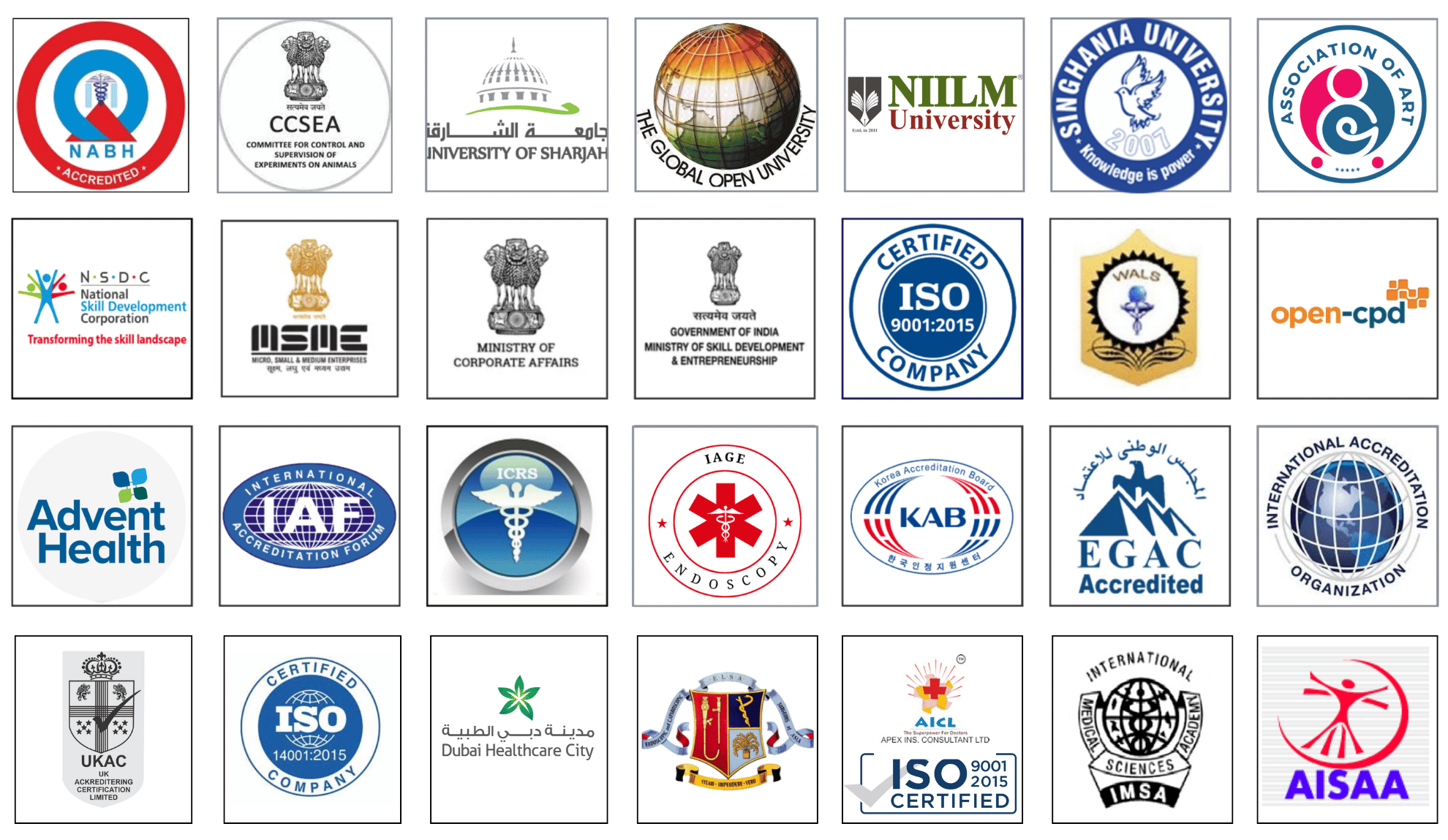Video of Demonstration of Laparoscopic Instruments: Mastering the Tools of Minimal Access Surgery
In this video, we will discuss that Laparoscopic surgery has transformed modern surgical practice by offering minimally invasive solutions with faster recovery, minimal scarring, and reduced postoperative pain. Central to the success of these procedures is the surgeon's familiarity and proficiency with laparoscopic instruments. In this video titled "Demonstration of Laparoscopic Instruments: Mastering the Tools of Minimal Access Surgery," we provide a step-by-step overview of the essential tools used in laparoscopy, their functions, and correct handling techniques.
Overview of Laparoscopic Instrumentation
The video begins by showcasing the full range of basic and advanced laparoscopic instruments commonly used in general surgery, gynecology, and urology. Each instrument is explained in detail, focusing on its design, application, and role during specific steps of a laparoscopic procedure.
Instruments Featured in the Video Include:
Trocars and Cannulas
Used for abdominal access and port creation. The video explains the difference between bladed and bladeless trocars, and the correct technique for insertion to minimize complications.
Laparoscopic Graspers and Dissectors
Instruments like atraumatic graspers, Babcock forceps, and Maryland dissectors are demonstrated to show how tissues are held, manipulated, and dissected safely.
Scissors and Electrosurgical Devices
Laparoscopic scissors and energy-based devices such as the monopolar hook, Harmonic scalpel, and Ligasure are shown in action for cutting and coagulation.
Clip Applicators and Suction-Irrigation Systems
These are vital for controlling bleeding and maintaining a clear operative field. The demonstration highlights the application of titanium clips and the dual function of suction-irrigation probes.
Needle Holders and Knot Pushers
Used in intracorporeal suturing and knot tying, these tools require precision and control. The video provides tips on correct needle loading and knot advancement techniques.
Camera and Telescope (Laparoscope)
High-definition 0° and 30° laparoscopes are demonstrated, with instructions on orientation, focus, and maintenance for optimal visualization.
Educational Value of the Demonstration
Hands-On Insight: Ideal for surgical trainees and assistants to build confidence in instrument identification and use.
Ergonomics & Handling: Emphasis is placed on posture, hand positioning, and safe maneuvering to reduce fatigue and prevent errors.
Instrument Safety & Maintenance: Guidelines on cleaning, sterilization, and storage are included to promote instrument longevity and patient safety.
Conclusion
A successful laparoscopic procedure begins with the surgeon’s mastery over the tools of the trade. This comprehensive demonstration of laparoscopic instruments serves as an essential resource for anyone involved in minimal access surgery—from students and residents to practicing surgeons and OT technicians.
Watch the full video to gain a deeper understanding of the instruments that define modern laparoscopic surgery. Don’t forget to like, comment, and subscribe for more high-quality surgical education content from World Laparoscopy Hospital.
No comments posted...
| Older Post | Home | Newer Post |





